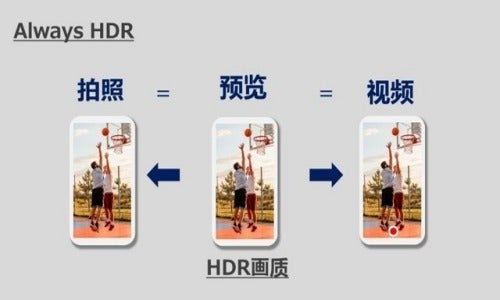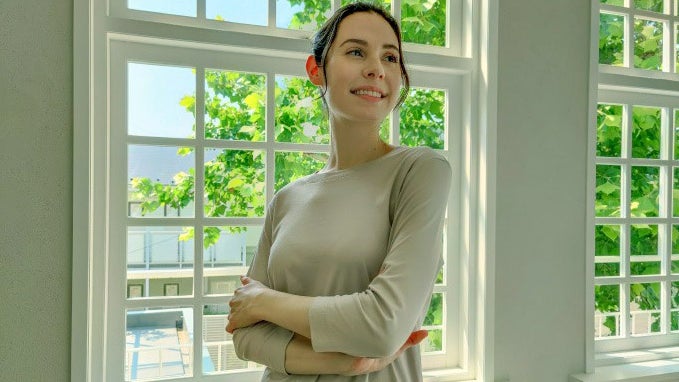
Lytia LYT-818 sensor specs | Image credit – Sony
Another notable feature of the new Sony LYT-818 sensor is its dynamic range of 86 dB that prevents both over- and underexposure of images in high-contrast scenarios. The sensor reads the charge accumulated in each single exposure at three gain settings to integrate it and deliver HDR previews in real time.


Lytia LYT-818 sensor 86 dB HDR | Image credit – Sony
Sony lists how it achieved the record-breaking LYT-818 sensor specs like lowest random noise and the 86 dB HDR metrics:
- Ultra High Conversion Gain (brCG) circuit technology greatly reduces random noise in low-light conditions and achieves clear subject imaging
- UHCG is a circuit technology that can efficiently convert charge into voltage. With this technology, not only does it reduce the graininess caused by random noise when shooting in dim environments, but it also achieves excellent RN performance (0.95e-) in SSS mobile phone CMOS image sensors, thereby improving the reproducibility of shooting in dim environments and improving the expression of sensor color gradations.
- The new HDR function achieves 86dB dynamic range. When shooting in scenes with large light ratios such as backlight, it can effectively suppress overexposure and underexposure that are prone to occur in such scenes, making the imaging effect close to what the naked eye sees. At the same time, when shooting moving objects, moving afterimages may usually appear on the captured image, but the new HDR uses three gain settings to read the image shot with one exposure and synthesize the data, thereby reducing the generation of artifacts (dynamic ghosting).
The first phones that will take advantage of the new Sony LYT-818 imaging sensor are said to be of Vivo’s camera-centric line, namely the X200 Pro and X200 Pro Mini, and we will relay to you our first impressions when we get a hold on those soon.
